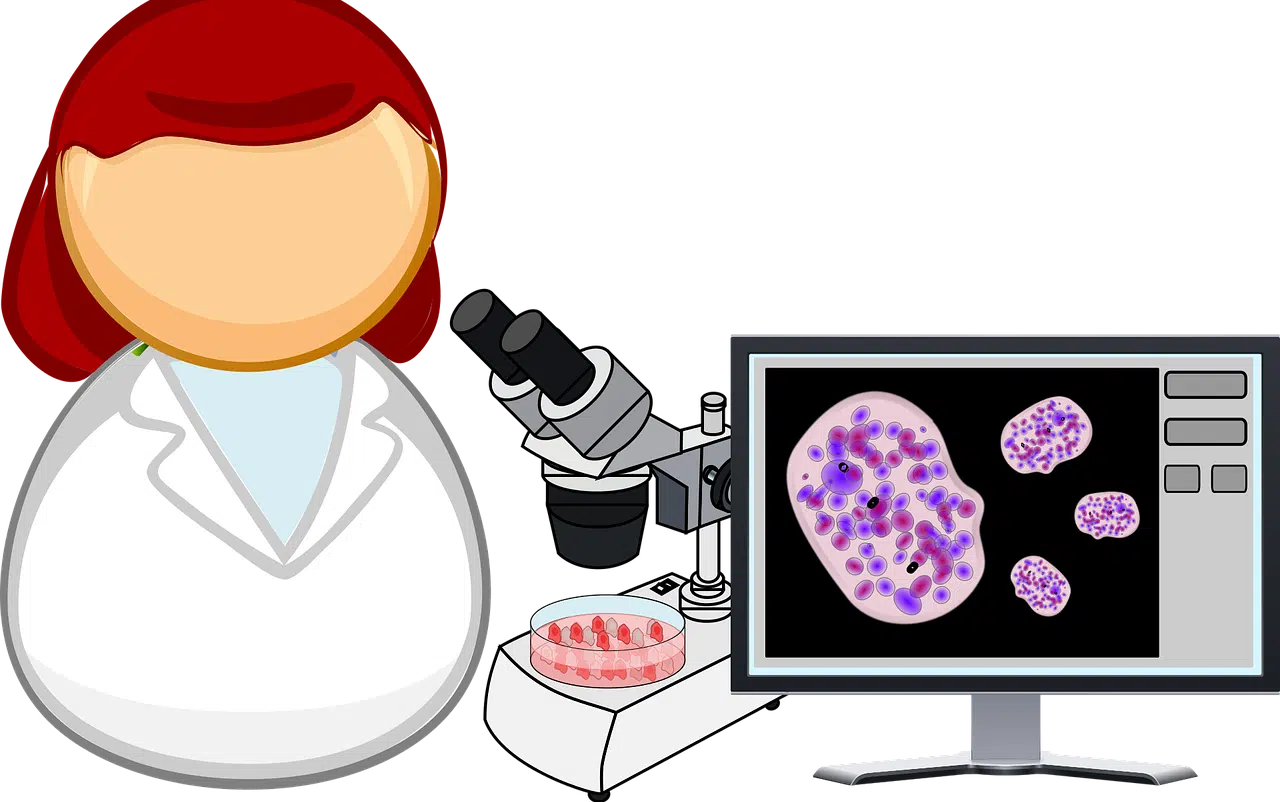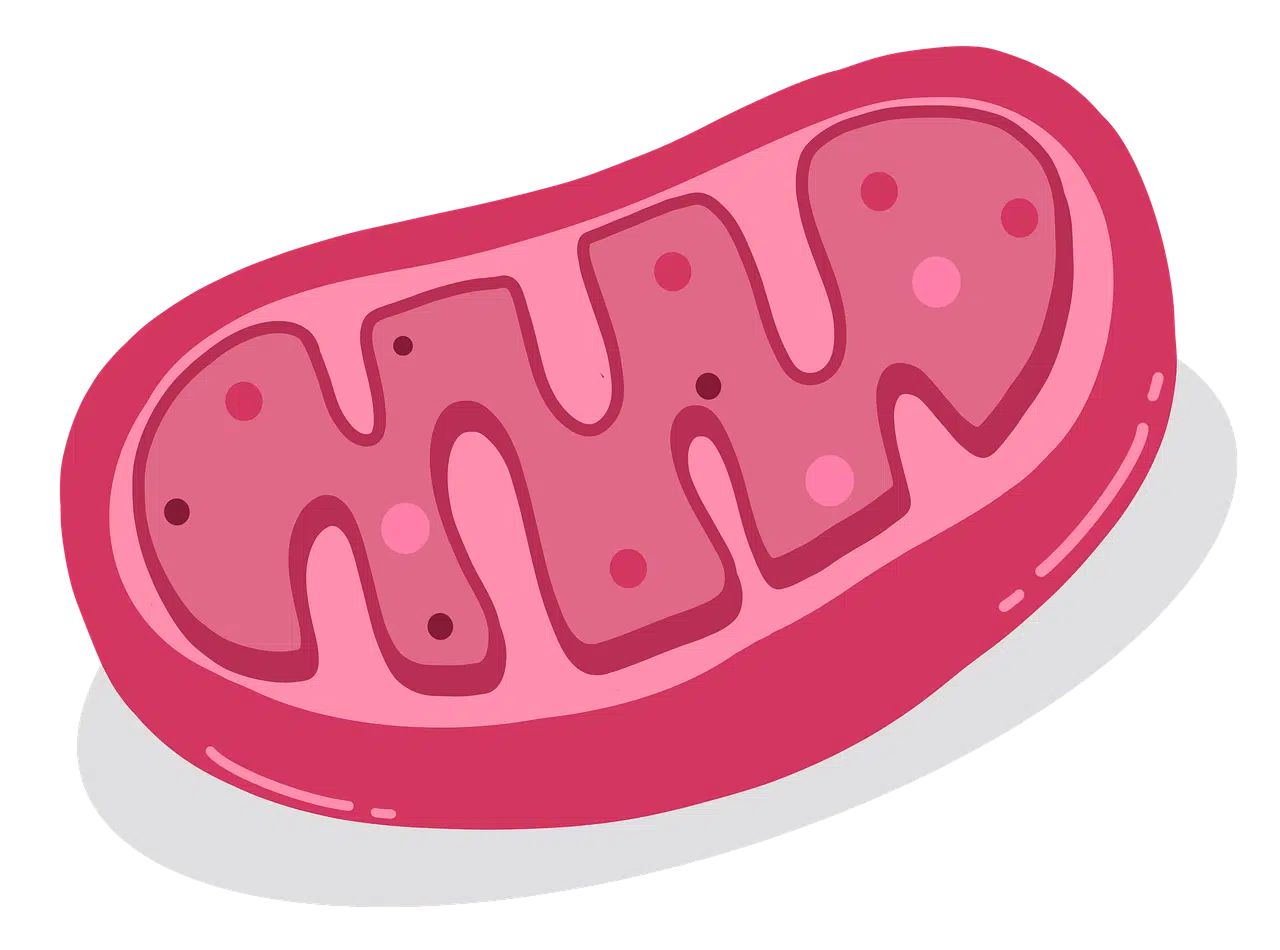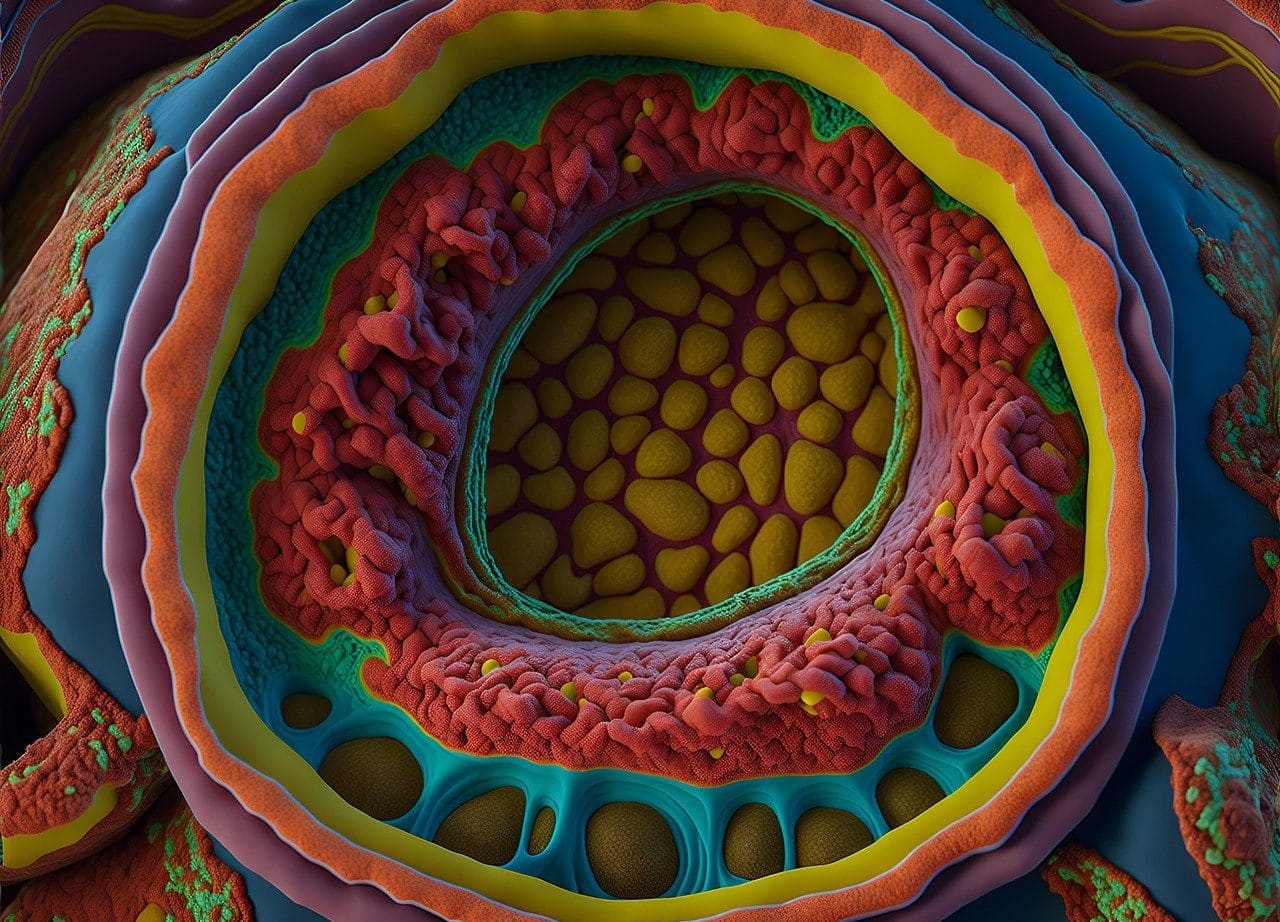
The metabolic pathway known as the Krebs cycle is essential for cellular respiration in aerobic organisms.
Krebs cycle is one of the names given to a series of chemical reactions that occur in aerobic organisms as part of the cellular respiration process. In eukaryotic cells , what is also known as the tricarboxylic acid cycle or citric acid cycle takes place in the mitochondrial matrix (an area or compartment located within the mitochondria ). In prokaryotic cells , however, this matter has the cytoplasm as its stage.
These metabolic pathways make it possible, thanks to the oxidation of the molecule acetylcoenzyme A (commonly referred to as Acetyl-CoA ), to release accumulated energy . In this context, an oxidative phenomenon of proteins , carbohydrates and lipids occurs that encompasses three instances: after the production of Acetyl-CoA , glycolysis , beta oxidation involving fatty acids and the chemical reaction defined as oxidative deamination, the cycle unfolds. of Krebs . Next comes the metabolic process classified as oxidative phosphorylation , which generates adenosine triphosphate (ATP) by taking advantage of the energy that arises when nutrients are oxidized.
It is appropriate to mention the existence of a reaction that opposes the aforementioned Krebs cycle , which is why it is classified as an inverse Krebs cycle . It is a resource that certain bacteria take advantage of, based on water (H2O) and carbon dioxide (CO2) , to create organic compounds.
Krebs cycle function
The Krebs cycle , which is powered by acetyl-CoA , encompasses essential chemical reactions so that cellular respiration can take place.
The process is set in motion when an acetyl group made up of a pair of carbons from acetyl-CoA is transferred to an acceptor compound consisting of four carbons (a metabolite called oxaloacetic acid , oxaloacetate in its ionized presentation) and is thus formed, thanks to a condensation reaction, a citrate . This undergoes chemical transformations and therefore loses carboxyl groups. Complex events occur at this stage that allow the four-carbon oxaloacetate to be regenerated at the end of each of the cycles.
Oxidative phosphorylation follows the Krebs cycle . During this period, an electron transport chain is observed that uses the potential energy of the electrons to launch protons into the area between the membranes of the mitochondria .
It is essential within science to know in detail the characteristics, scope and applications of the Krebs cycle since pathologies and anomalies or defects that are related to it have been detected. For example, genes linked to the Krebs cycle have been identified that predispose certain individuals to develop neuroendocrine tumors such as paragangliomas and pheochromocytomas .
It is also constructive to know that sequences of the reactions involved in the Krebs cycle are required to maintain life, since each stage individually is not enough for this purpose. By deepening research and knowledge about this process, we can understand how, approximately four billion years ago, the manifestations of life were activated on planet Earth . A few years ago, to detail a specific case, a group of scientists, using representative elements of ancient terrestrial sediments, demonstrated in a laboratory in the United Kingdom that the Krebs cycle can be reflected in a metabolic pathway that is characterized by being free of enzymes. and is activated by a class of particles known as sulfate radicals .

The Krebs cycle takes place, for example, in the mitochondrial matrix of eukaryotic cells.
History
According to conjectures from experts on this topic, the Krebs cycle has shown transformations as time has passed. It is even said that numerous alternatives emerged regarding this process, but it seems to have been consolidated by combining the other options in the same metabolic route .
Regarding the most widespread name, it should be noted that it bears the surname of the biochemist who discovered it: Hans Adolf Krebs . In 1953, he and Fritz Lipmann were rewarded with a Nobel Prize for the discovery of coenzyme A and the citric acid cycle .
Likewise, the work of Albert Szent-Györgyi , a physiologist of Hungarian origin who also received a Nobel Prize , in his case in 1937 as a result of his contributions to cellular respiration , was extremely relevant.

The cytoplasm is the area of prokaryotic cells where the Krebs cycle takes place.
Importance of the Krebs cycle
The Krebs cycle has great relevance for cellular metabolism . It is essential, for example, so that aerobic organisms , through cellular respiration , can use oxygen to achieve the decomposition of glucose molecules, among other substances of organic origin, in order to obtain energy .
Likewise, this cycle is key to the process of synthesizing metabolic precursors . In this framework, there is the possibility of diverting various intermediate molecules that intervene in the Krebs cycle towards different metabolic pathways and thus synthesizing compounds that are essential for optimal cell functioning.
